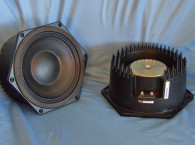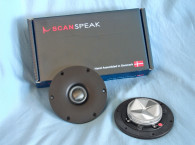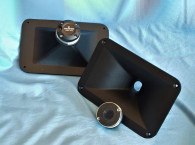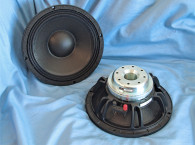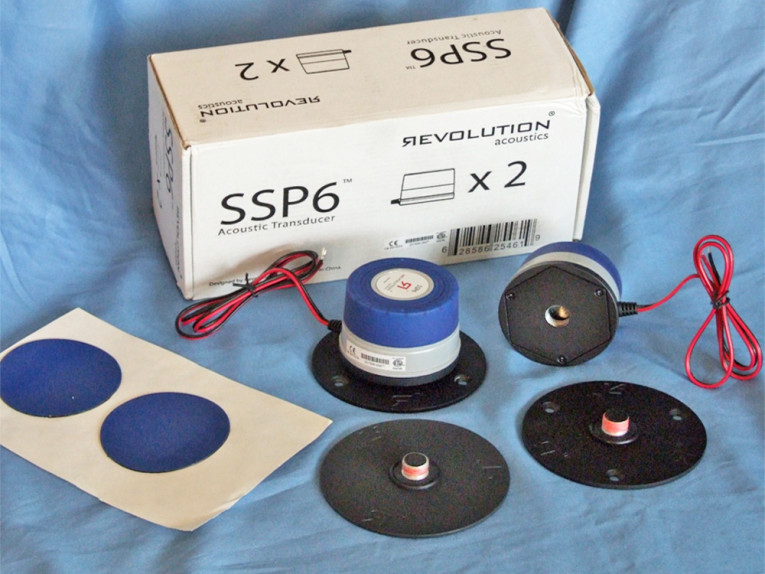
As promised, I am doing a brief review of the Revolution Acoustics SSP6 actuator (see Photo 1). I doubt if this driver will become an OEM product, mostly because it is primarily marketed to Custom Electronic Design & Installation (CEDIA)-type installers. However, that said, it is definitely an interesting transducer. Acoustic actuators have been around for a long time. Layfayette Radio sold a small actuator that could be attached to a door or desktop to play music in the mid-1970s, although compared to a professional device such as the SSP6, it was a novelty toy.
Features for this transducer include:
• 45-Hz-to-20-kHz frequency range (the low end is dependent on the surface area being excited)
• 6 Ω impedance
• Neodymium motor
• IP65 Ingress protection for water and dust
• Peak power handling up to 400 W instantaneous
• 1.5 lb
The device has a couple of mounting options, depending on the surface (e.g., drywall, wood, glass, etc.) The SSP6 comes with two mounting devices. One round plate has screw holes for attachment to more solid and robust services. An identical round plate with no screws is intended for use with the provided round double-sided adhesive tape for attachment to surfaces such as glass windows.
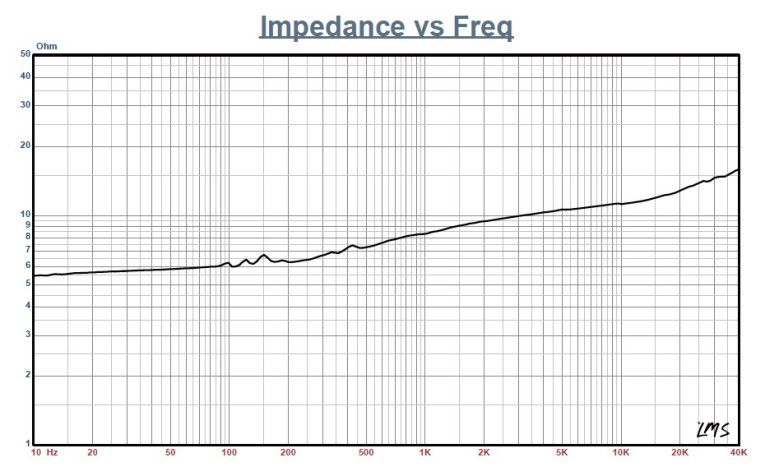

I ran an impedance curve with LMS on the SSP6, which is depicted in Figure 1. The device has almost no defined resonance when measured in free air without being attached to a surface. Minimum impedance for this device is 5.47 Ω, so you could easily use two of them wired in parallel on a single surface.
In terms of frequency response, I mounted the screw-down disk to a 16” × 16” piece of 1/8” Masonite, and the flat surface disk and adhesive pad to a 20” diameter round piece of 1/8” glass. The results, measured at 2.83 V/1 m, are shown in Figure 2. Obviously, this is not high-end hi-fi driver, but I heard the device in use a last year’s CEDIA Expo, and it is actually rather musical. For more information, visit www.revolutionacoustics.com. VC
This article was originally published in Voice Coil, July 2016




